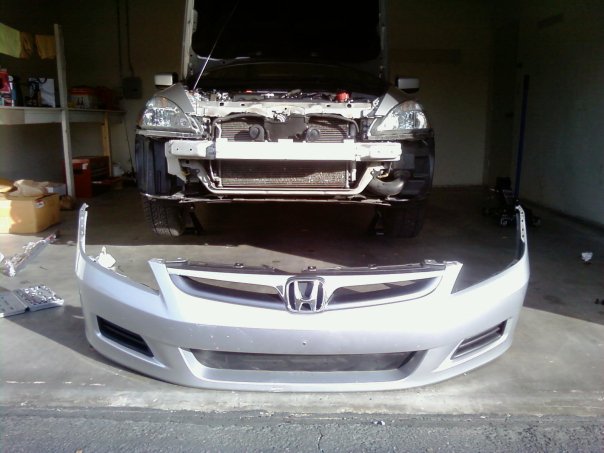The Importance of Reliability

Why current cars aren’t reliable enough and how it’s hitting you where it hurts most.
Readers of my articles may notice that almost all of them talk about reliability to some extent. That’s because reliability is at the top of my requirement list for cars. It’s possible to add power or produce sharper handling by modifying a car, and fuel economy can be affected by changing one’s driving style. Unreliable transportation, on the other hand, is damned near impossible to fix.
It’s important to understand what I mean by reliability. It’s not a measure of how far an engine can go without any maintenance. Reliability, for me, relates only to the parts of a vehicle that are necessary to make it move, and how often I have to repair those parts. An unreliable part doesn’t have to leave me stranded. If it has to be prematurely or frequently replaced for the vehicle to work as designed, then it’s labeled unreliable. Normal wear items are not included (tires, brakes, filters etc), nor are quality/design issues like rattles or peeling paint.
Theoretically then, reliability shouldn’t be a concern at all. With massive R&D budgets, advanced computer simulation software, better lubrication and much-improved metallurgy, cars today should be able to run forever. The problem is that computer simulations aren’t perfect. Obsessively pursuing spacious, environmentally friendly vehicles has led to poorly thought out designs.
Parts on newer vehicles are tightly packaged. No longer can a shadetree mechanic remove a transmission from his Chevy in an hour. Just as an example, the labor rate on my ‘00 Odyssey transmission replacement was 8 hours – at $100/hr! I’ve already blown $800 on a “reliable” import with less than 100,000 miles, and I haven’t even gotten to buying parts yet.
Careful readers will notice that I said transmission “replacement,” rather than transmission rebuild. In the past, transmissions were easily rebuildable by a good local shop. In fact, that is still the case for some transmissions, like the one in my truck. But many FWD cars have jammed so many gears and solenoids into their transmissions that nobody can rebuild them except the factory. The same goes for many other parts, like engine control modules or voltage regulators in alternators. That’s BIG money, money that the average Joe can’t afford.
Now, I give the example of our family Honda minivan only because it’s my personal experience. I don’t mean to single out Honda – almost every manufacturer out there has issues with packaging. You need to remove the entire passenger compartment on ‘03-’10 Ford diesel pickups to work on the engine. On a B5 chassis Audi S4, you need to remove the entire engine just to replace a turbo. You have to remove practically everything from the doors forward to do any major work on cars nowadays. All this extra labor is costing consumers money!
Then there’s the problem of emissions. Carmakers continue to find more power using less fuel while producing cleaner emissions. They call it progress, and they achieve it by using lots of technology. The problem is, engineers don’t realize that great technology doesn’t always translate from the lab to the real world.
Take for example, the 2007+ Toyota Tundra with the 5.7L V8. It’s a wonderful engine, producing 381HP while returning great fuel economy for its application. In order for it to pass emissions, Toyota had to install an Air Injection Pump (AIP) system in the exhaust. The AIP only runs for 1-2 minutes a day (on cold starts). For some reason, the AIP on these engines have been failing. When they fail, the vehicle is rendered undrivable by the computer. They cost up to $4,000 each time they fail, and are often not covered under warranty. And the real kicker? Owners can’t fix their trucks even if they wanted to – the parts are on national backorder. In fact, owners are so mad that the Tundra forums have over 900 posts on AIP failure and over 700 posts on how to bypass the AIP system. The message is clear: emissions control systems are important, but they have to work silently and properly for it to make a difference.
While not every Tundra will have a failed AIP, it’s something for future Tundra owners to consider and budget for. However, while it’s crucial to be an informed buyer, issues and problems don’t have to be a deal breaker. After all, it is important to pursue higher MPG and fewer emissions. It’s not unreasonable to make some reliability concessions to make cars safer. But I need to know when something could cost me over $1000 to repair in the foreseeable future. These kinds of repairs are why I devote months following car forums, researching issues on cars I want to buy. My friends think I’m weird, but I can’t see how people afford to be unaware of the ticking time bombs in their cars.

